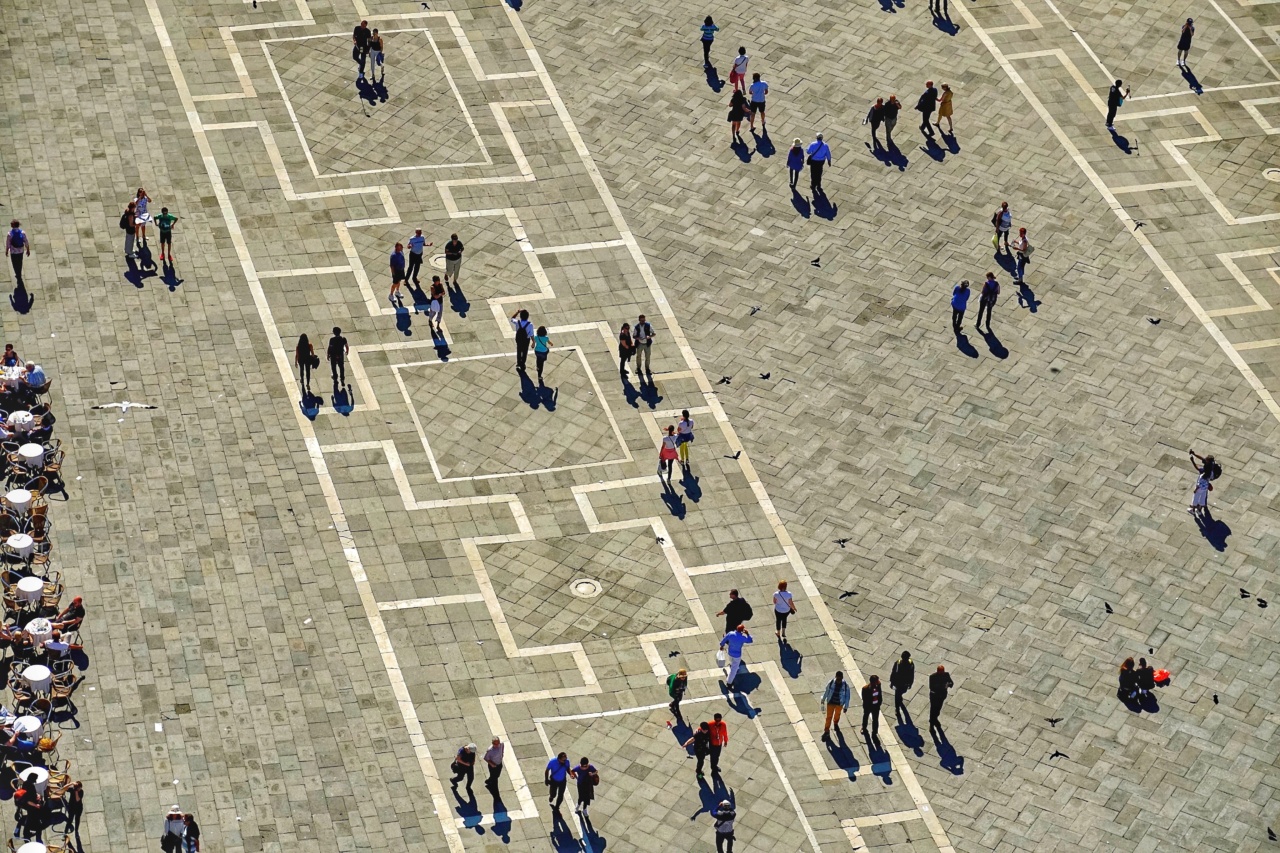Autism is a neurodevelopmental disorder that affects communication, social interaction, and behavior. Individuals with autism spectrum disorder (ASD) often experience difficulties in sensory processing, which can manifest in various ways.
One aspect that has gained attention in recent years is how certain walking patterns may be harmful to individuals with autism. This article explores the potential impact of walking patterns on individuals with autism and discusses strategies to promote a more inclusive environment for them.
The Link Between Walking Patterns and Autism
Walking is a fundamental human activity that most people engage in without much thought. However, individuals with autism may exhibit atypical walking patterns that can cause discomfort, sensory overload, or hinder their overall well-being.
Sensory Sensitivities
Individuals with autism often have sensory processing differences. This means they may be hypersensitive or hyposensitive to certain sensory stimuli, such as sounds, touch, or visual input. These sensitivities can extend to the sensation of walking.
For some individuals with autism, walking on certain surfaces or experiencing different textures can be distressing. The sensory sensitivities they experience may lead to anxiety, agitation, or even meltdowns.
As a result, they may avoid certain areas or activities that involve walking, restricting their participation and limiting their opportunities for engagement.
Gait Abnormalities
Gait abnormalities refer to atypical walking patterns that deviate from typical motor development.
Some individuals with autism may exhibit gait abnormalities, such as toe-walking (walking on tiptoes), irregular foot placement, or unusual arm movements.
These gait abnormalities can result in musculoskeletal problems, including muscle imbalances and joint misalignments. Persistent toe-walking, for example, can cause calf muscles to tighten and lead to issues with balance and posture.
Over time, these physical consequences can have a negative impact on individuals’ overall health and well-being.
Impact on Social Interactions
Walking patterns can also affect individuals with autism in social contexts. People often perceive those who have atypical gait or walking patterns as different, which can lead to social stigmatization or exclusion.
This can have a significant impact on individuals’ self-esteem, confidence, and willingness to engage with others.
In addition, individuals with autism may find it challenging to navigate group settings, such as crowded hallways or busy sidewalks, due to difficulties with spatial awareness and coordination.
Negotiating these environments can be overwhelming and may increase their anxiety levels, which further impacts their ability to engage in social interactions.
Creating an Inclusive Environment
Understanding the potential harm that certain walking patterns can have on individuals with autism, it is crucial to adopt strategies that foster inclusivity and promote their well-being.
Here are some approaches that can help create a more supportive environment:.
1. Sensory-Friendly Walking Surfaces
Designing walking spaces with sensory considerations in mind can make a significant difference for individuals with autism. Using materials that offer different textures and allow for cushioning can help accommodate their sensory sensitivities.
Moreover, providing areas with both auditory and visual quietness can reduce sensory overload and increase comfort.
2. Sensory Integration Therapy
Sensory integration therapy, conducted by occupational therapists, can help individuals with autism better manage their sensory sensitivities.
This therapy aims to improve the brain’s ability to process and respond to sensory information, ultimately leading to a reduction in sensory-related challenges. By addressing these sensitivities, individuals with autism can navigate walking environments with more ease and confidence.
3. Assistive Devices
Assistive devices, such as orthotics or braces, can be beneficial for individuals with autism who experience gait abnormalities. These devices offer support, correct alignment, and facilitate a more typical walking pattern.
Working with healthcare professionals and specialists can help identify appropriate assistive devices for individuals with specific needs.
4. Promoting Acceptance and Awareness
Increasing awareness and promoting acceptance of neurodiversity is essential for creating an inclusive environment. Educating the public about autism and the challenges individuals may face can help reduce stigma and misconceptions.
Encouraging empathy and understanding among peers, educators, and the community at large can lead to a more compassionate society that supports the unique needs of individuals with autism.
Conclusion
Walking patterns can indeed be harmful to individuals with autism, whether due to sensory sensitivities, gait abnormalities, or the social impact of atypical walking patterns.
Recognizing these challenges and implementing strategies to create supportive environments is crucial in promoting the well-being and overall quality of life for individuals with autism. By fostering inclusivity and understanding, we can ensure that everyone, regardless of their walking patterns, feels accepted and valued in our communities.





























